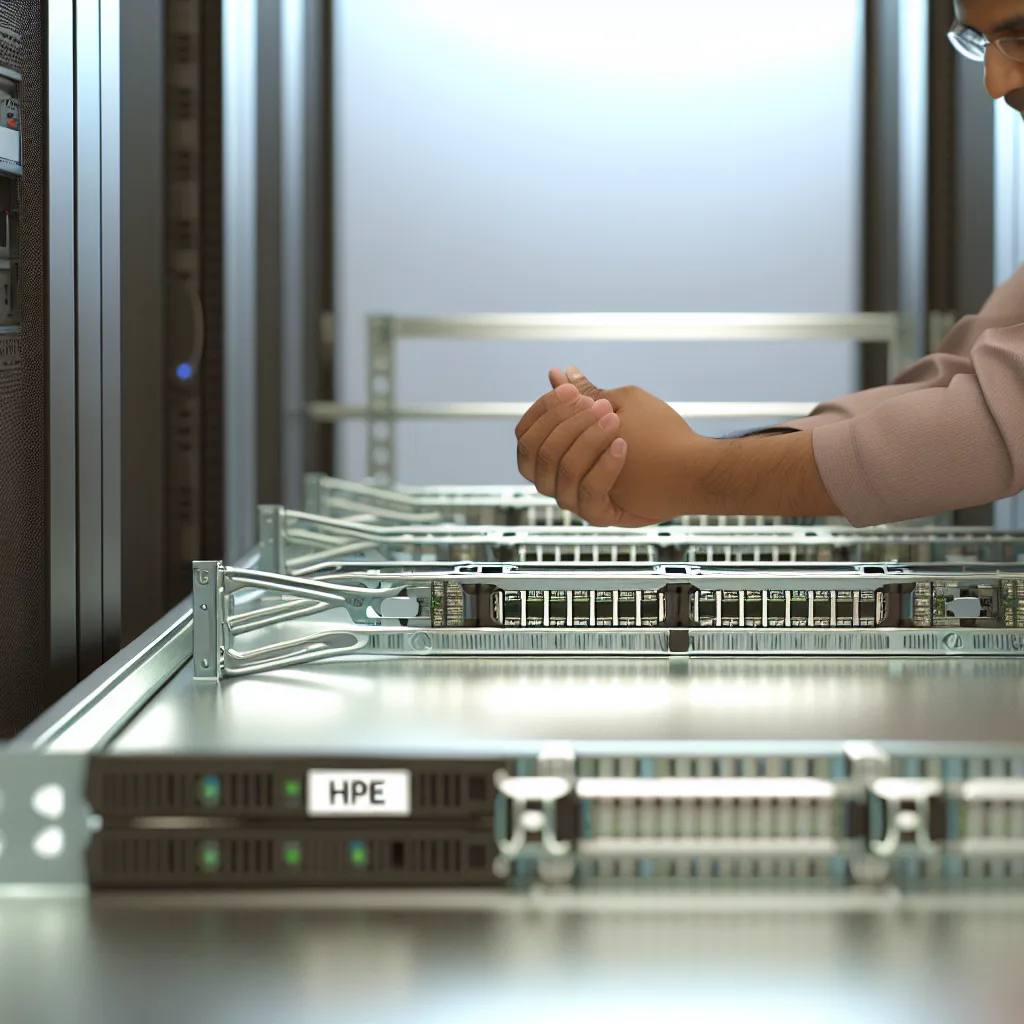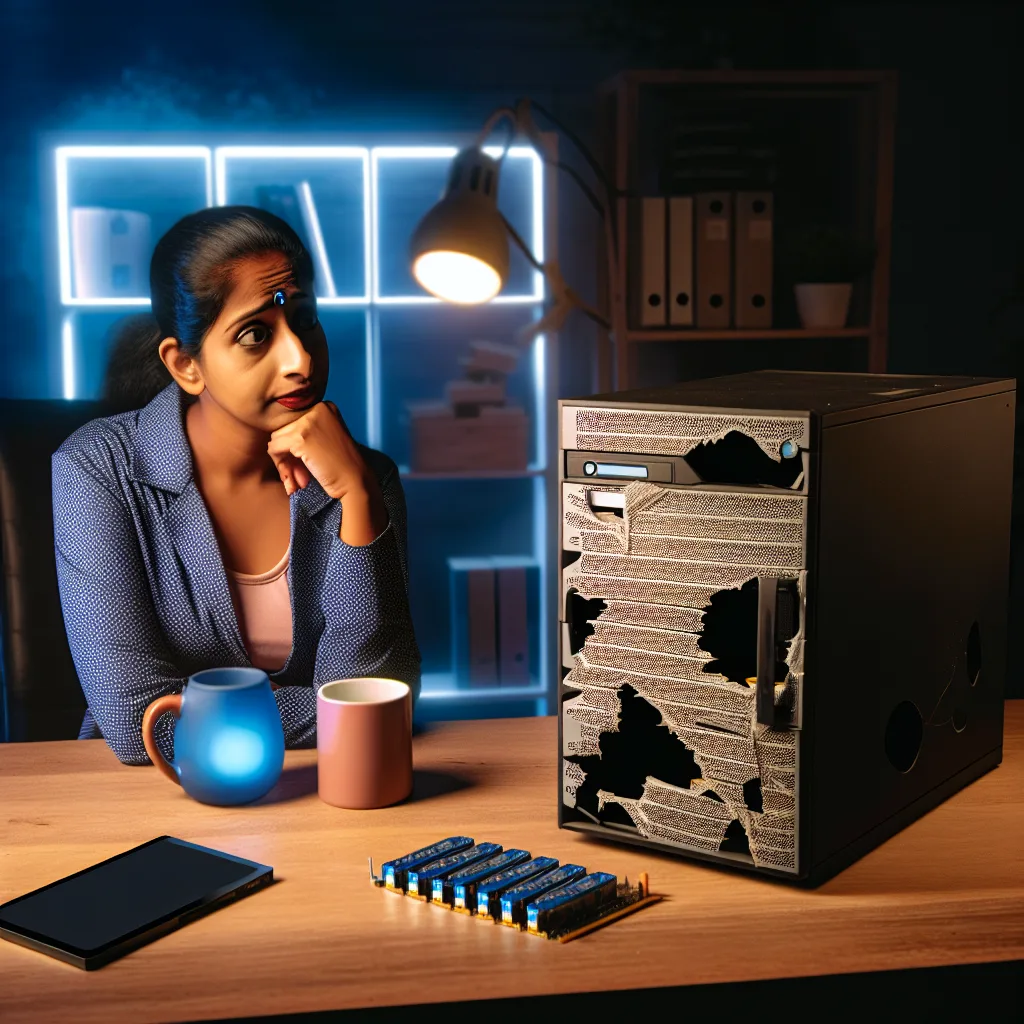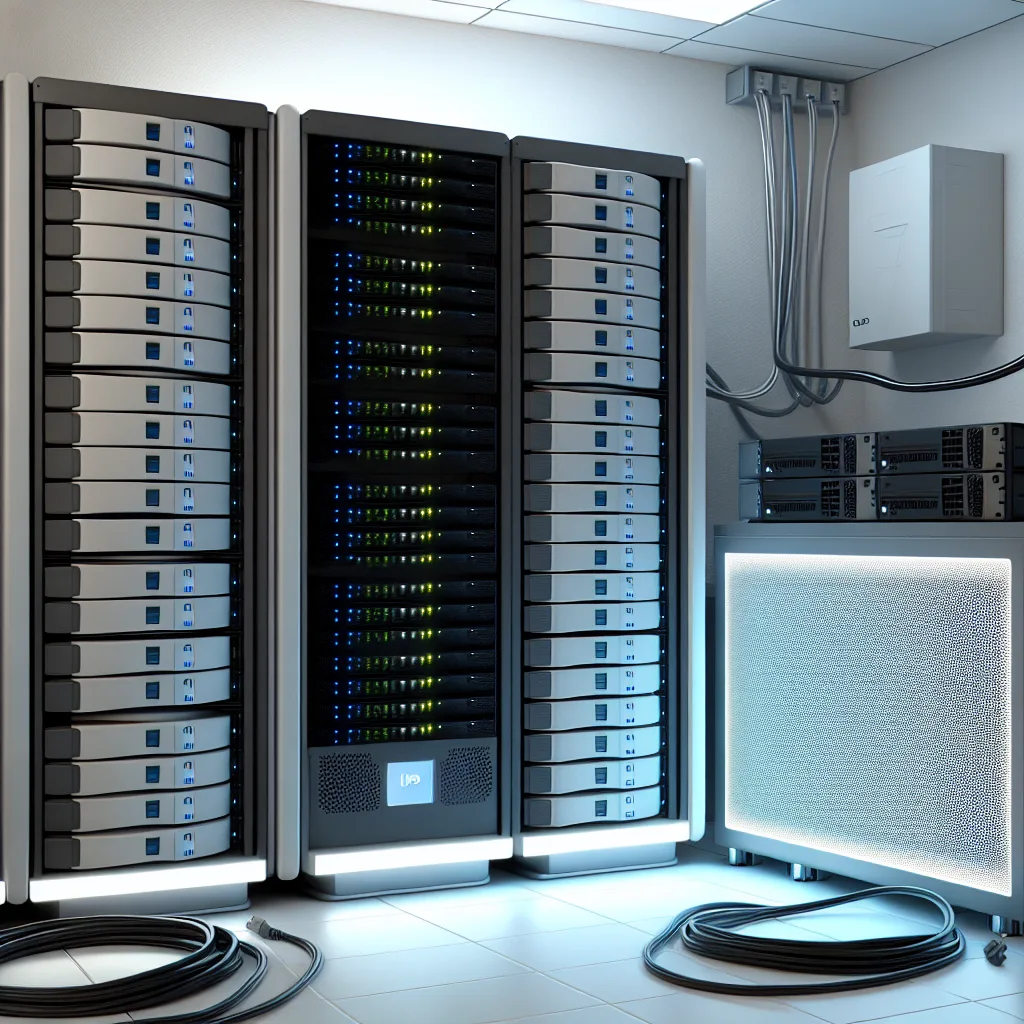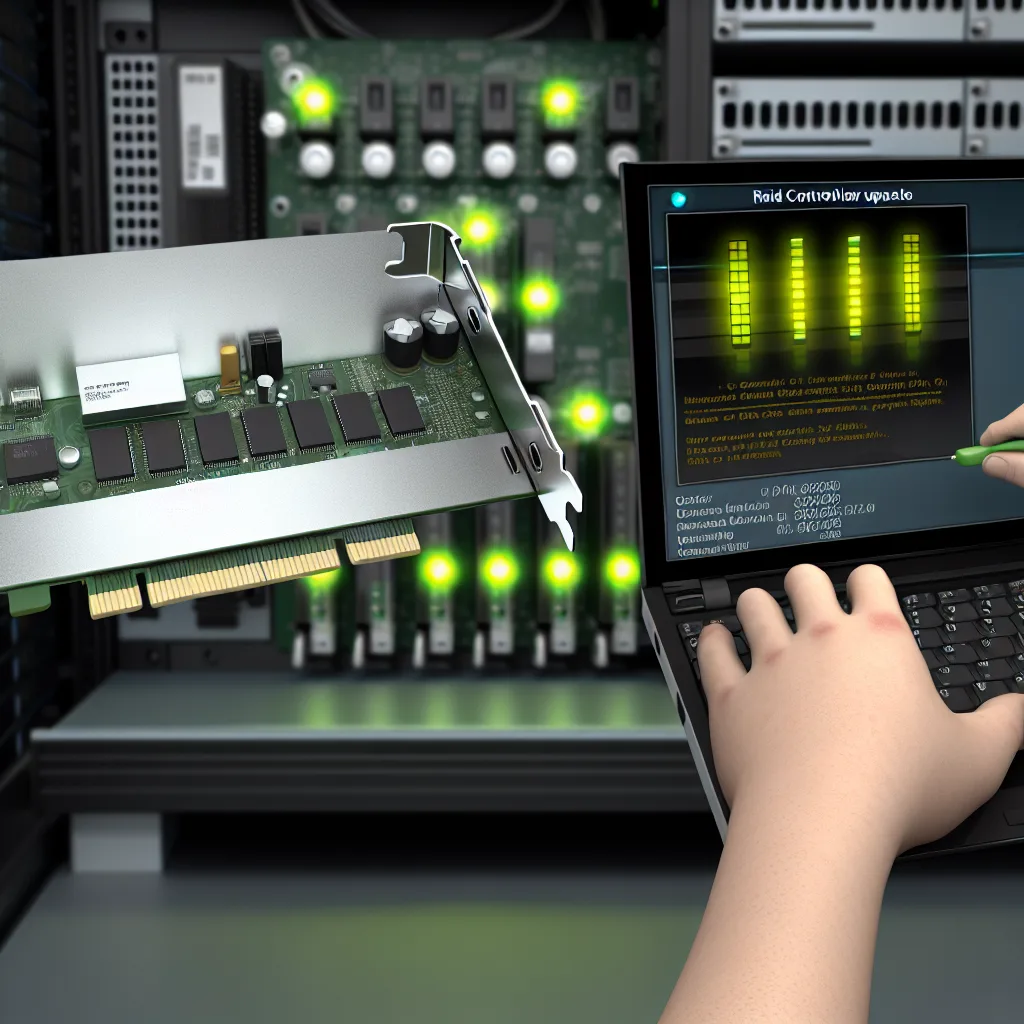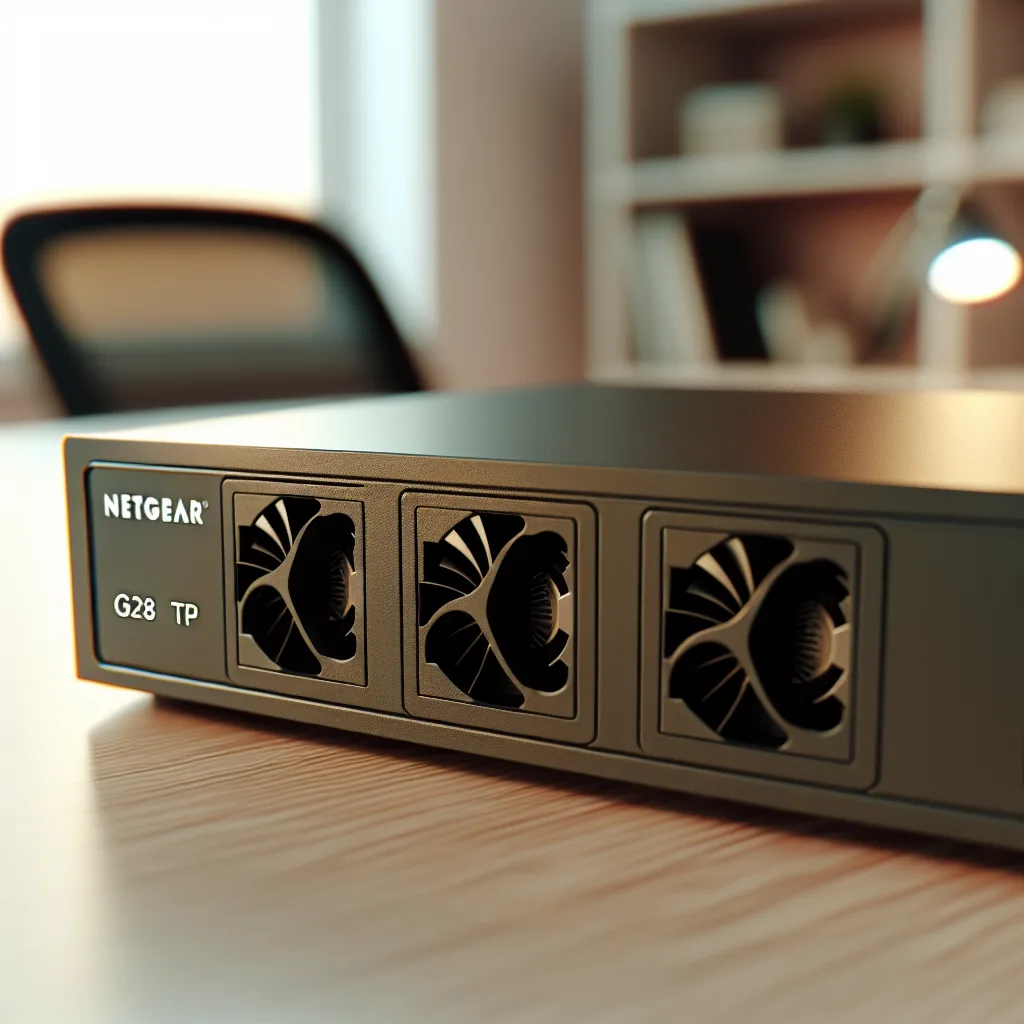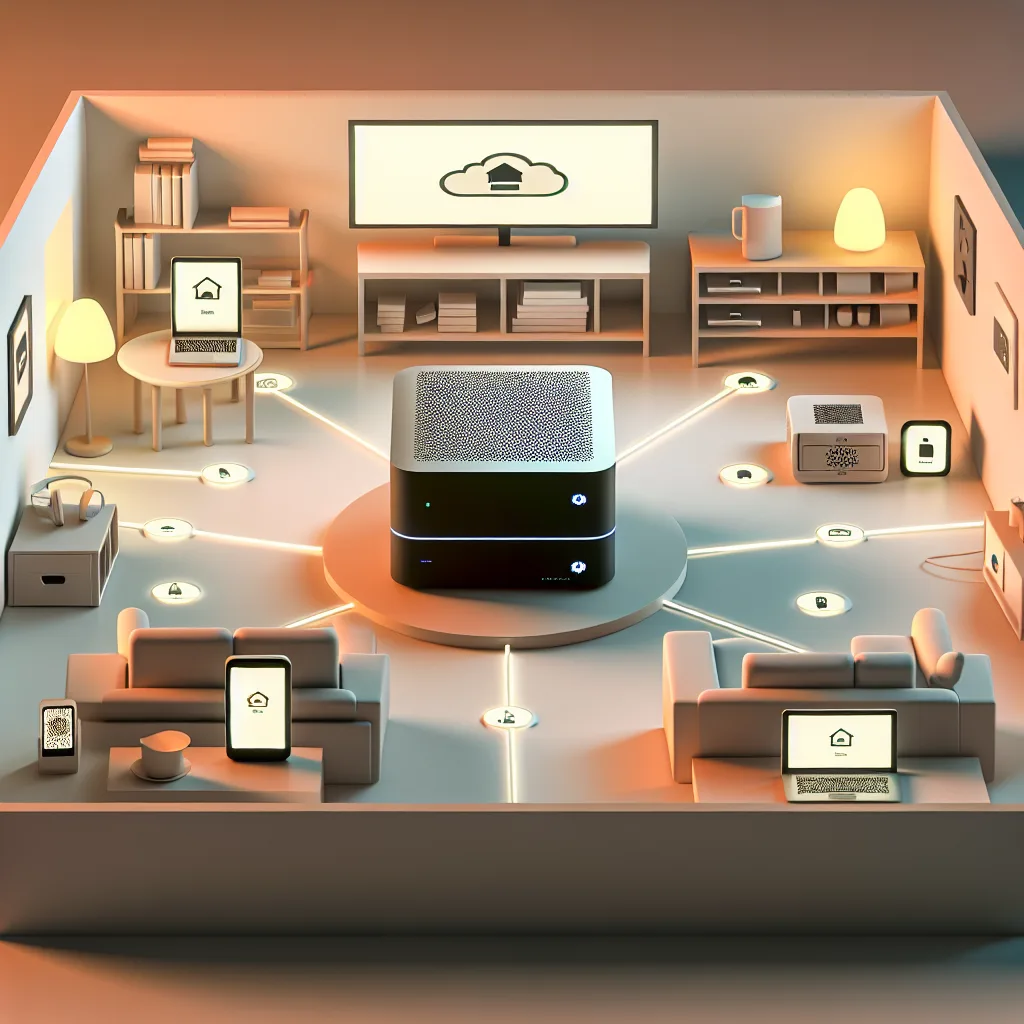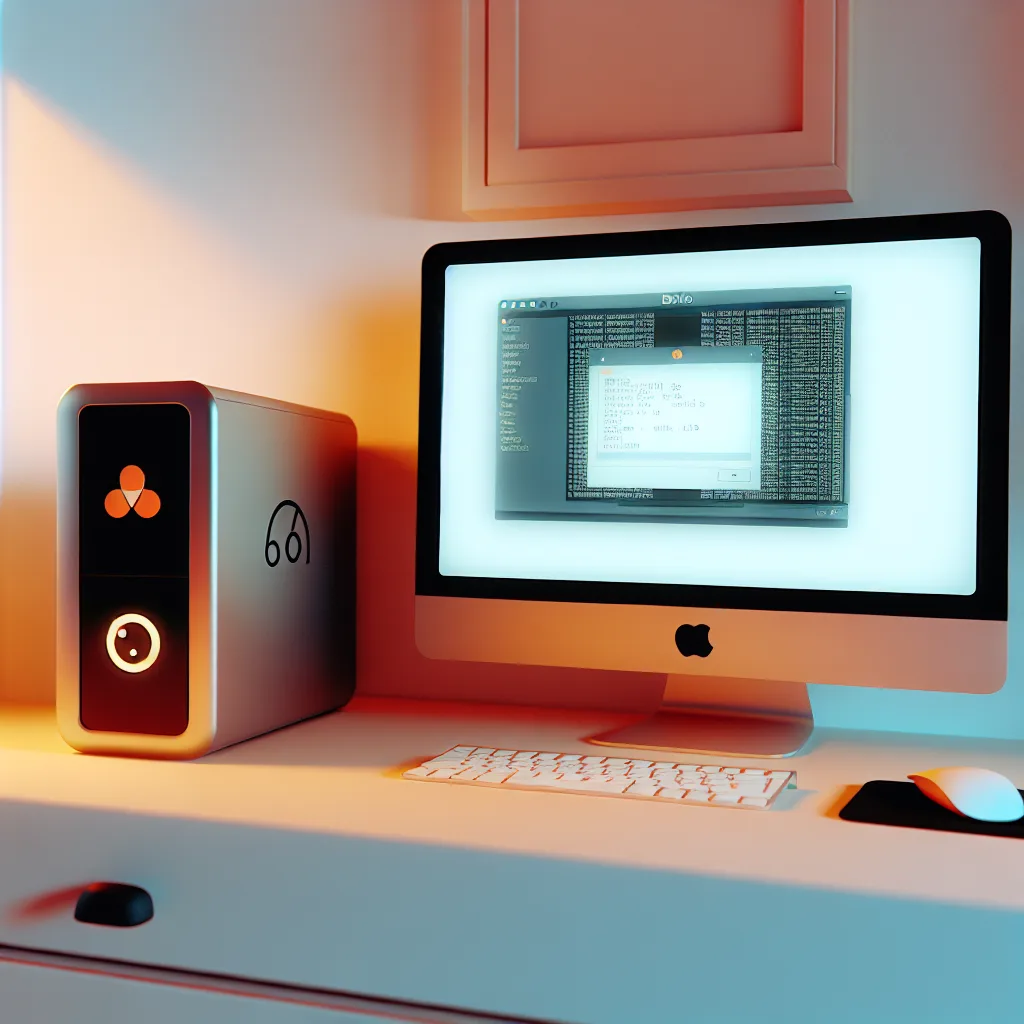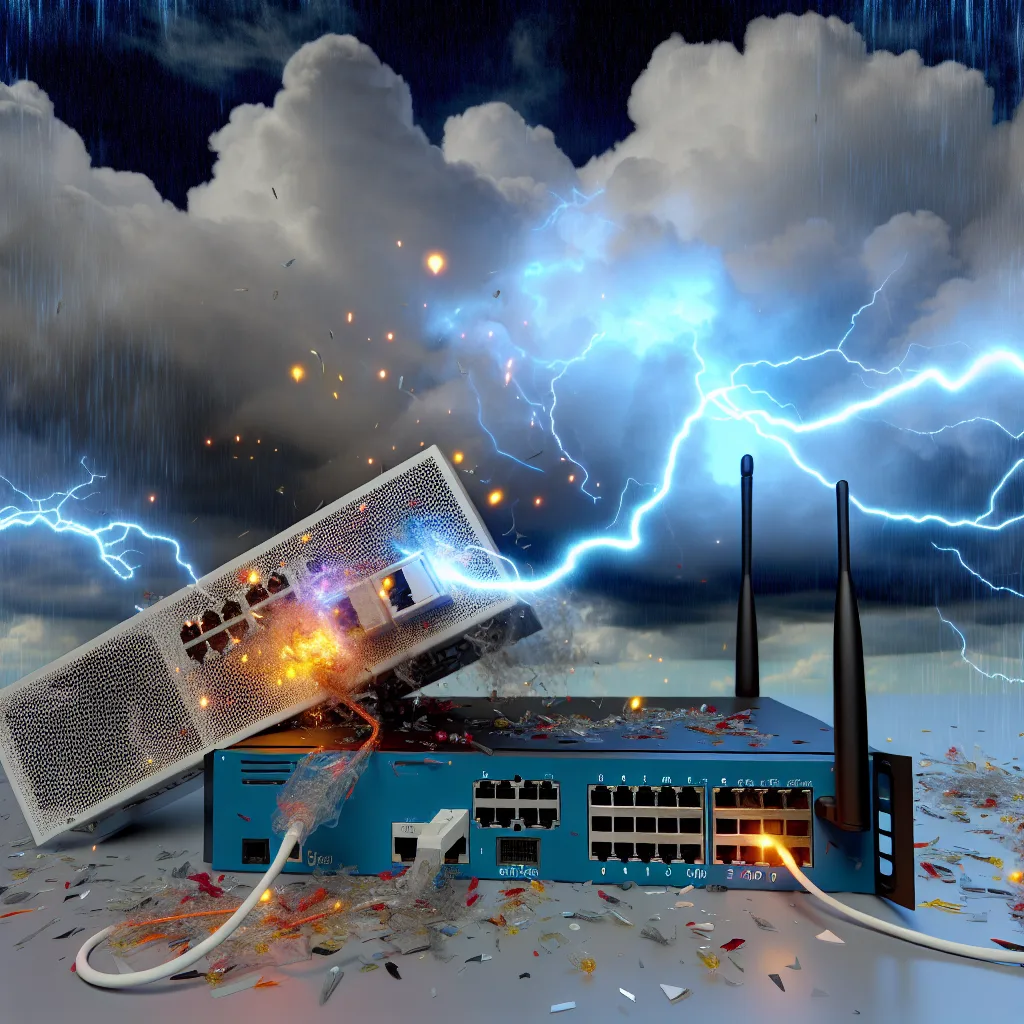Understanding the HPE Rail Kit 7462839-04 installation in mixed-use server racks
If you’re like me, tackling hardware installation for the first time can feel a little overwhelming, especially when you’re dealing with something specific like the HPE rail kit installation for your server rack. Recently, I had to figure out how to fit the HPE Rail Kit 7462839-04 into a server rack that was being used both as a communications rack and for servers. I want to share some insights that might help you if you’re struggling with the same.
What’s the HPE Rail Kit and Why Does Installation Matter?
The HPE Rail Kit 7462839-04 is designed to support specific storage arrays like the MSA60 within your server rack, ensuring they’re mounted securely and can slide in and out easily for maintenance. But not all server racks are created equal. Some racks might have unique features, like a metal sheet behind the front row of holes, which can cause confusion during installation.
Facing the Metal Sheet Challenge
One of the confusing parts during the installation was the metal sheet behind the front row of holes in the rack. It made me wonder if the rail kit was even compatible with that rack. Turns out, it’s not uncommon for some rail kits not to line up perfectly if the rack was originally designed for different purposes—like a mix between a communications rack and a server rack.
If you have a similar rack, it’s a good idea to:
– Double-check the specifications of your rack and the rail kit.
– Look for any additional brackets or adjustments included with your kit or available separately.
– Review any installation guides from HPE or resources online.
Step-by-Step for Installing the HPE Rail Kit 7462839-04
- Inspect Your Rack: Identify if any obstructions like the metal panel exist and how they affect mounting holes.
- Match Rail Kit Parts: Confirm that all pieces from the kit match your specific server model and rack.
- Mount the Rails: Typically, the rail kit should attach to the vertical mounting rails in your server rack. Use screws provided and make sure the rails slide smoothly.
- Test Compatibility: Before securing the server fully, slide it in and out gently to make sure the rails work as expected.
If you encounter unusual obstacles, reaching out to HPE support or checking forums dedicated to your hardware model can offer helpful advice. Sometimes you might need to improvise with additional hardware to ensure a secure fit.
Tips for Success
- Take clear photos during your installation process; they’ll come in handy if you need help.
- Keep your screws and parts organized.
- Don’t force anything. If something doesn’t fit, it might be the kit or rack isn’t 100% compatible.
Helpful Resources
For detailed product info and manuals, the official HPE website is your best friend: HPE Support. Also, you can learn more about server rack standards and fittings on sites like TechTarget’s Server Rack Guide or RackSolutions.
Installing hardware like the HPE rail kit doesn’t have to be intimidating. With a bit of patience and these tips on hand, you’ll have your gear mounted reliably and ready to run without fuss. Remember, it’s all about understanding your equipment and not being shy to ask or look up help when you hit a snag.
